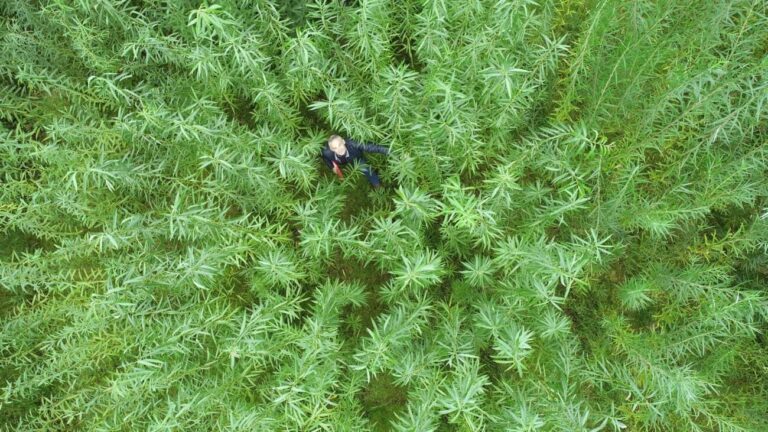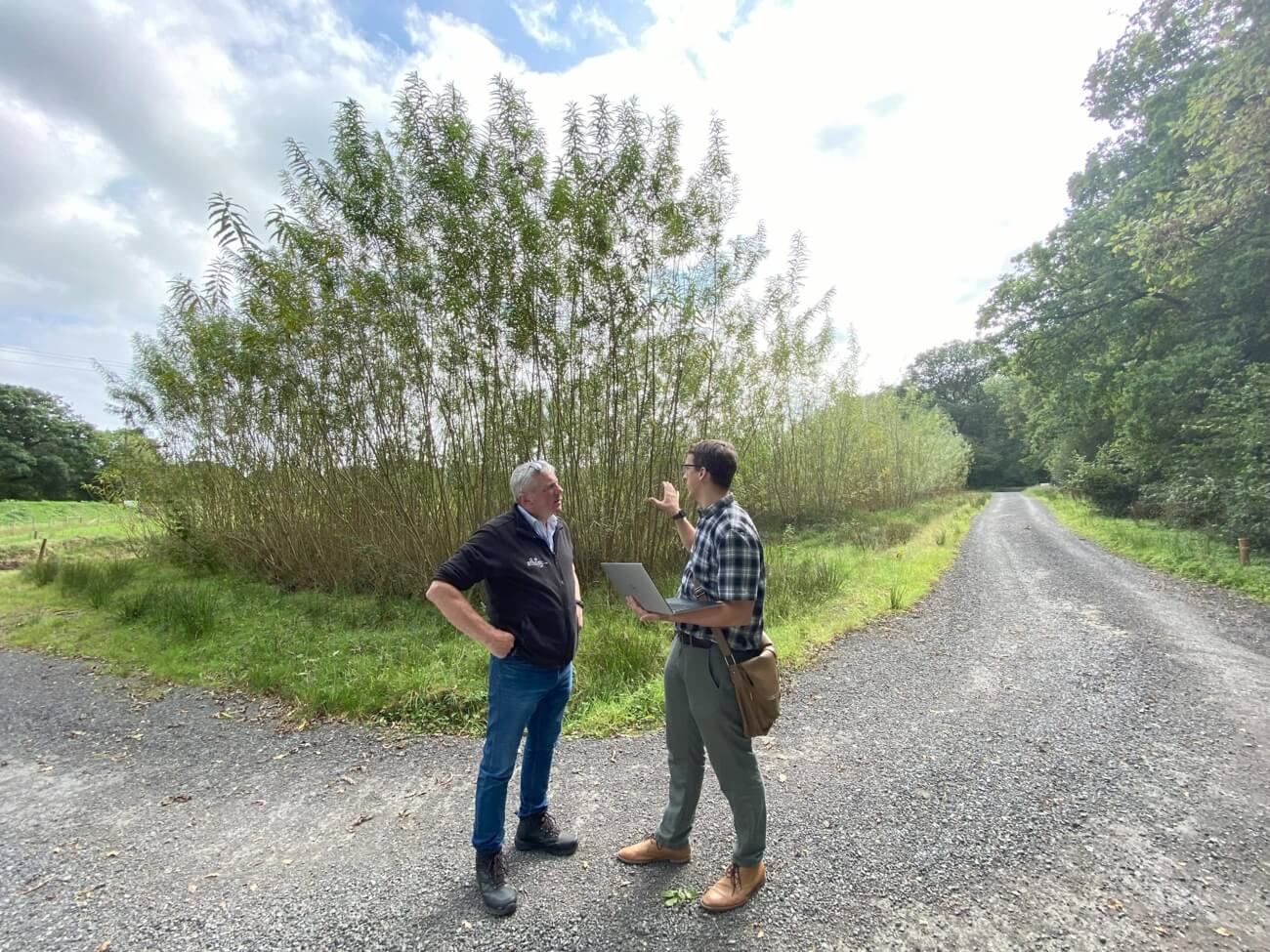
Animal Fodder
Willow is more than a biomass crop. Its leaves and shoots are a protein-rich fodder animals enjoy, from cattle and sheep to specialist wildlife collections.

Willow is one of the UK’s most versatile yet underused crops. It can slow
floods, feed animals, boost pollinators, improve welfare, enrich soils, cut emissions,
and provide new farm income streams — all while locking up carbon.
We don’t pretend willow is the silver bullet. But it is a crop with untapped potential — and together, we can prove what it can deliver.


Willow is more than a biomass crop. Its leaves and shoots are a protein-rich fodder animals enjoy, from cattle and sheep to specialist wildlife collections.

Flooding is one of the UK’s most costly natural disasters. Willow provides a practical, nature-based way to hold back water and protect homes, farmland and infrastructure.

Pollinators are under pressure — and willow offers critical early forage in spring. Flowering weeks before most crops, willow supports insects during the “hungry gap.”

Poultry benefit directly from willow planted on ranges: more shade, more cover, and less stress.

With straw costs rising and availability tightening, willow chip bedding is a sustainable alternative.

Peat is being phased out — willow offers a fast-decomposing, bioactive alternative for horticulture and soil improvement.

Dense buffer strips of willow and poplar provide exceptionally rapid green cover of sufficient height to protect livestock, crops and properties without dominating the landscape.

Willows can stabilise fragile soils and reduce erosion on slopes and near watercourses – important considerations as extreme weather events become more common with climate change.

Willow can be used as an effective way to treat diffuse sources water pollution and point source effluents through irrigation systems.

Willow plantations and their surrounds are thriving with wildlife. The crop provides habitats for a diverse community of birds, small mammals, flying insects, phytophagous insects, arthropod predators and soil micro-organisms.

Willows provide a natural source of salicylic acid the natural equivalent of aspirin. However, this is only the tip of the iceberg – there are plenty of other high value chemicals contained in this versatile genus.

Bark residue and willow pulp can be converted into safe food quality packaging material to replace fossil derived plastics.

Planting willow on your land can help reduce your farm’s net greenhouse gas (GHG) emissions and reduce the carbon intensity of food production.

It’s possible to be completely self-sufficient in your heating needs by growing your own woodfuel. This could be a smart use for a redundant piece of land.

Willows can be planted on contaminated land and remove heavy metals. The annual leaf litter return improves the soil structure and nutrient status and greatly increases invertebrate populations.


